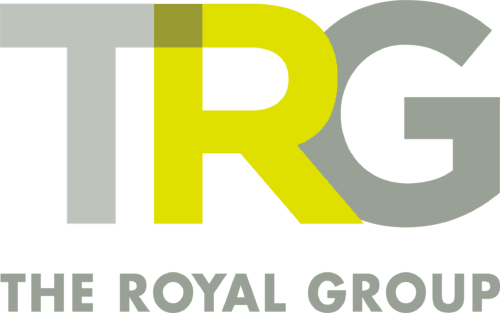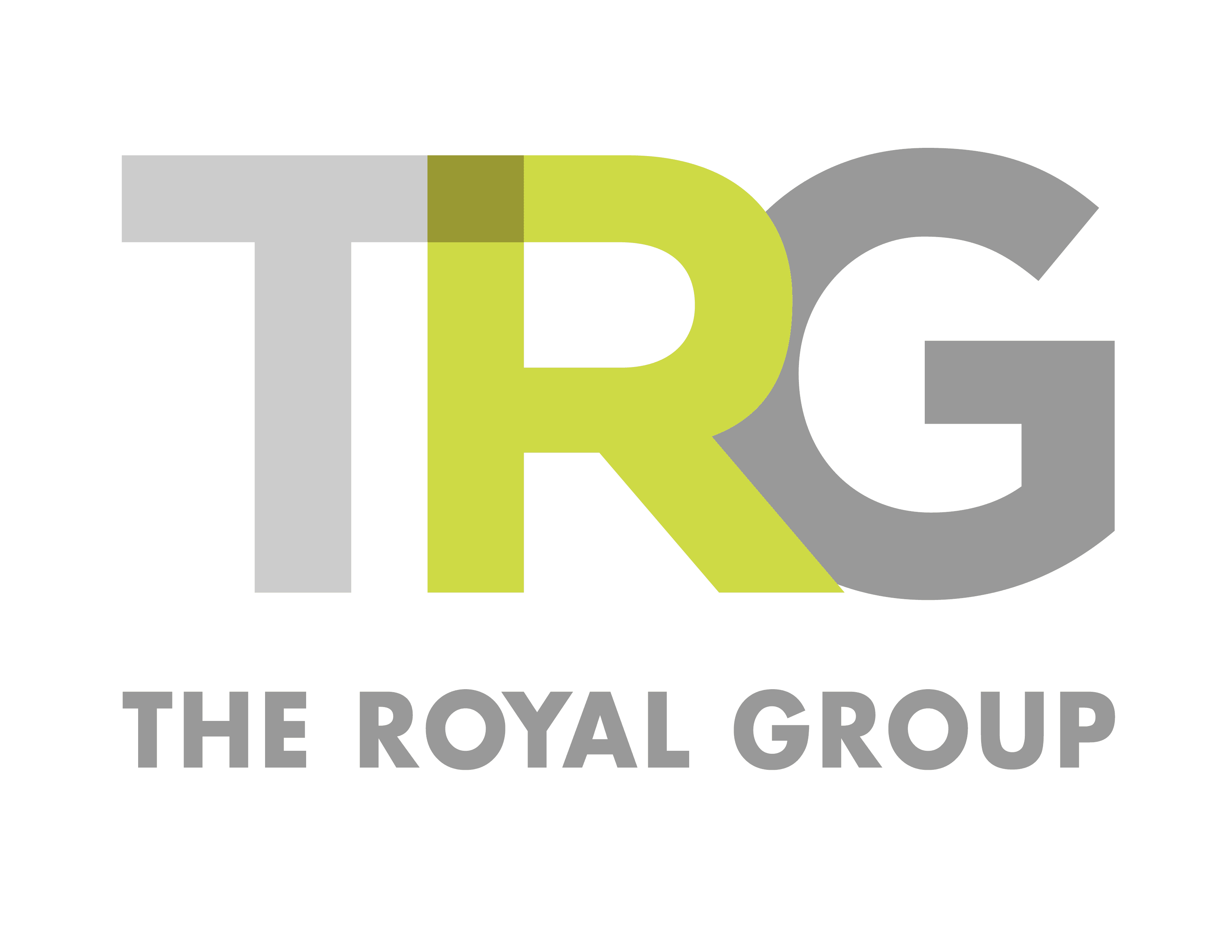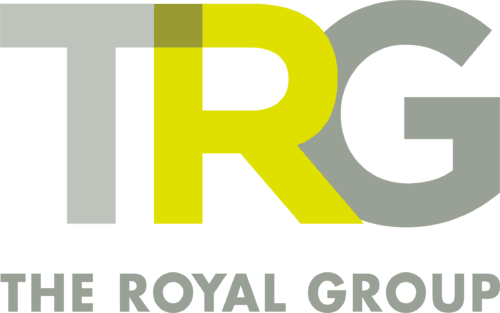In today’s competitive retail landscape, standing out on crowded store shelves is essential. From CPG giants to emerging food and beverage brands, every product vies for consumer attention during those fleeting seconds in the aisle. A retail packaging company leverages strategic design principles and intelligent materials to craft retail-ready packaging solutions that capture shopper interest, simplify stocking processes, and drive sales. By marrying operational efficiency with compelling visuals and sustainable practices, modern packaging partners elevate shelf impact in measurable ways.
What is retail-ready packaging and how does it boost shelf impact?
Retail-ready packaging (often called RRP or shelf-ready packaging) is a form of secondary packaging designed to transition seamlessly from storage to storefront display. It features easy-open perforations, integrated branding panels, and structural elements that hold products securely while maximizing visibility. This packaging format adheres to the “Five Easies” framework—easy to identify, open, shop, replenish, and recycle—ensuring both retail staff and consumers experience minimal friction.
By eliminating excess bulk and focusing on optimal dimensions, RRP creates a unified presentation across entire shelf bays. When products arrive in displays that double as attractive merchandising units, they demand less labor during stocking and maintain a pristine appearance throughout the sales cycle. Elevated shelf impact translates to faster turnover rates, increased impulse purchases, and reduced out-of-stocks—outcomes every retailer and brand covets.
How does a retail packaging company implement retail-ready packaging solutions?
A retail packaging company approaches implementation as a collaborative journey with brand teams and retail partners.
A retail packaging company begins by analyzing shelf dimensions, store layouts, and category adjacencies to define the ideal package footprint. Next, designers integrate structural reinforcements—such as corrugated fiberboard trays or die-cut display lids—balanced with vibrant graphics that reinforce brand identity. Early prototyping using digital mockups and physical samples ensures packaging engineers can fine-tune perforation patterns, lid removal mechanics, and load-bearing criteria.
Once the design is validated, procurement specialists recommend cost-efficient retail packaging materials—often recyclable corrugated cardboard or high-strength paperboard—that meet retailer specifications while controlling unit costs. Through vendor-managed inventory programs, the retail packaging partner synchronizes production schedules with shipment windows, ensuring products ship ready for display. Continuous performance monitoring, including shelf-readiness audits and post-launch sales analysis, allows the packaging company to optimize future runs and adapt to evolving category dynamics.
Key Benefits of Shelf-Ready Packaging Design
Retail-ready packaging design delivers a host of advantages for brands and retailers alike.
First, it streamlines in-store operations. Easy-open perforations and tool-free tray conversion save valuable labor minutes per shelf replenishment. Retail associates can deploy product displays faster, reducing labor costs and improving on-shelf availability.
Second, it amplifies brand visibility. Pre-printed graphics, spot varnishes, and integrated color schemes reinforce brand messaging at the point of purchase. With consistent retail-ready packaging solutions, brands achieve unified shelf presentation across multiple SKUs, strengthening consumer recognition.
Third, it drives measurable sales lift. By minimizing shelf gaps and ensuring products remain front-facing, shelf-ready solutions increase impulse purchase opportunities. Studies report sales uplifts of 3–5% after transitioning to retail ready formats, particularly in fast-moving categories like snacks, beverages, and personal care.
Types of Retail-Ready Packaging Solutions
Retail-ready packaging encompasses a variety of formats tailored to product type, shelf environment, and customer behavior.
Tray and hood systems pair a sturdy base tray with a removable outer hood, enabling straightforward shelf placement once the hood is lifted. This two-piece solution works well for canned goods, bottled beverages, and boxed snacks.
Perforated display boxes feature strategically cut sections that transform shipping cartons into open-faced trays. The retailer simply tears along score lines to reveal full product facades. Brands often leverage this cost-efficient design for lightweight items and promotional assortments.
Die-cut display containers are pre-engineered for swift assembly, with tab-lock mechanisms and built-in handles. These ready-to-display units minimize secondary packaging and offer clean, high-impact visuals.
Folding cartons with integrated pop-out display panels blend primary packaging with merchandising functions. Ideal for high-value or fragile products—such as cosmetics or electronics—these cartons deliver premium unboxing experiences directly on the shelf.
Shrink-wrapped multipacks group individual items into unified bundles that slot seamlessly into existing shelf grooves. While less graphic-intensive, shrink-wrap solutions offer budget-friendly options for high-volume goods.
Types of Retail-Ready Packaging Compared
| Packaging Type | Suitable Products | Key Features | Shelf Impact |
| Tray and Hood | Canned goods, beverages | Two-piece, sturdy tray, removable hood | High visibility, premium look |
| Perforated Display Boxes | Snacks, confectionery | Easy-open perforations, one-piece tray | Quick setup, reduced material waste |
| Die-Cut Display Containers | Health & beauty, electronics | Tab-lock, integrated handles, customizable die-cut panels | Versatile branding, sturdy structure |
| Folding Cartons with POP | Cosmetics, electronics | Fold-out display, locking tabs, graphic panels | Premium unboxing, elevated perceived value |
| Shrink-Wrapped Bundles | Beverages, household goods | Clear film, grouped multipacks | Cost-effective, bundle visibility |
The Role of Cost-Efficient Retail Packaging
Balancing flair with affordability lies at the heart of cost-efficient retail packaging. Brands require materials that uphold structural integrity during transit yet remain budget-conscious.
Corrugated cardboard, often sourced from FSC-certified mills, offers an ideal blend of strength and recyclability. Flute profiles (such as B, C, or E-flute) are selected based on stacking load demands and print requirements. Single-wall configurations can accommodate lighter SKUs, whereas double-wall corrugation serves heavier assortments without adding excessive weight to shipping pallets.
Through volume-based sourcing agreements, retail packaging companies negotiate with paper mills to secure competitive rates. Economies of scale and lean manufacturing processes—like just-in-time production—limit storage costs and obsolescence risks. By optimizing die-cut layouts and minimizing wasted flutes, smart packaging engineers shave material costs further without compromising performance.
A critical consideration when evaluating packaging options is selecting the right partner for large-scale rollouts. Efficient supply chain coordination, quality control protocols, and scalability are non-negotiable.
Organizations often turn to Choosing a National Retail Packaging specialist to navigate multi-plant production needs and ensure consistent specs across every batch.
Integrating Shelf-Ready Solutions with E-Commerce Packaging Strategies
Modern omnichannel retailers expect packaging systems to fluidly bridge brick-and-mortar and e-commerce channels. While retail-ready units are designed for shelf display, they can also double as transit-ready shippers with the right enhancements.
Brands can incorporate tear-strips, reusable mailers, and protective inserts so that a single packaging platform meets in-store, online fulfillment, and direct-to-consumer demands. Integrating smart labeling—like QR codes for digital content—further enhances the shopper journey.
Packaging development teams collaborate with e commerce packaging experts to align dimensions, weight thresholds, and stacking strength for parcel carriers. This cross-functional approach reduces duplication, slashes packaging SKUs, and delivers a cohesive brand experience regardless of the purchase channel.
Sustainability and Material Innovations
Eco-conscious consumers and regulatory pressures have accelerated the adoption of sustainable retail-ready packaging designs.
Corrugated solutions are often manufactured with a high percentage of post-consumer recycled content. Water-based inks, soy-based flexographic printing, and compostable adhesives minimize environmental footprints. Perforation patterns are optimized to eliminate unnecessary flaps, reducing material consumption by up to 15% per unit.
Retail packaging companies pilot alternative fiber sources—like bagasse (sugarcane residue), bamboo pulp, and agricultural by-products—to diversify supply chains. These novel substrates deliver comparable strength to virgin paperboard while aligning with circular economy principles.
Brands that commit to visible sustainability messaging—prominently displayed on the tray base or hood interior—reinforce eco-stewardship and foster consumer loyalty.
Enhancing Brand Visibility through Shelf-Ready Packaging Design
In bustling retail aisles, capturing eyeballs requires more than bright colors—it demands a clear brand story.
Designers craft shelf-ready packaging with hierarchical visual cues: distinctive logos at eye-level, product imagery that showcases use-cases, and category call-outs that guide shoppers. Matte and gloss varnishes draw attention to specific features, while embossing or debossing adds tactile depth.
Strategic use of white space around brand elements prevents clutter and elevates perceived quality. Packaging architects tilt trays at slight angles or stagger SKUs within multi-tier displays to maintain front-facing presence even after partial sell-through. These subtle refinements directly influence consumer perceptions and underscore the value proposition.
Operational Efficiencies and Supply Chain Optimization
Beyond marketing flair, retail-ready packaging solutions deliver measurable operational gains.
Standardized carton dimensions enable more efficient pallet loading—maximizing cubic utilization in trailers and warehousing racks. When a retail packaging partner employs advanced palletization software, SKU-level configuration data drives pick-and-pack accuracy and reduces order errors by 20%.
Vendor-managed inventory (VMI) programs integrate demand forecasts with automated replenishment signals. When store-level stock dips below threshold levels, the system triggers production runs at the packaging facility. This just-in-time methodology curtails inventory carrying costs and mitigates stockouts.
By working with a single source for both primary and secondary packaging components, brands simplify communications, speed up quality audits, and benefit from consolidated billing—streamlining financial operations.
Case Study: Snack Brand Skyrockets Sales with Shelf-Ready Displays
A leading snack manufacturer faced plateauing sales in convenience channels. Competitive shelf space and limited restocking budgets hindered point-of-purchase visibility. By partnering with a retail packaging company, the brand:
- Transitioned from traditional shipping cartons to die-cut display trays with vibrant graphics.
- Reduced shelf replenishment time by 25% through easy-tear panels.
- Achieved a 4.2% sales lift over eight weeks, driven by improved aisle prominence.
- Minimized material costs by 12% via optimized flute profiles and reduced waste.
This success story underscores how tailored retail-ready packaging solutions amplify shelf impact and drive bottom-line growth.
Best Practices for Implementing Retail-Ready Packaging
Embarking on an RRP initiative requires meticulous planning:
- Conduct shelf simulations using mock fixtures or digital shelving software to validate footprint assumptions.
- Prototype early and iterate rapidly—soliciting retailer feedback before full-scale rollout.
- Align packaging specs with retailer compliance manuals to avoid costly reworks.
- Monitor in-field performance—tracking sell-through rates, planogram compliance, and retailer satisfaction.
- Integrate sustainability milestones—measuring material reduction, recycled content, and end-of-life recyclability.
A disciplined approach ensures packaging investments deliver sustained ROI and reinforce brand equity.
Future Trends in Retail-Ready Packaging
Emerging technologies promise to reshape retail-ready strategies:
- Smart packaging with embedded NFC tags for interactive shopper engagement.
- Augmented reality overlays that visualize product usage or nutritional information via mobile devices.
- AI-driven design optimization that predicts shelf impact based on big-data analytics of consumer behavior.
- Biodegradable and compostable substrates derived from mushroom mycelium or seaweed polymers.
Retail packaging companies that embrace these innovations will steer the next wave of shelf disruption.
Conclusion
By fusing structural engineering, graphic design, and supply chain expertise, a retail packaging company can transform simple cartons into powerful brand ambassadors that increase shelf impact. From cost-efficient retail packaging materials to advanced shelf-ready packaging design principles, each element plays a critical role in driving operational efficiencies, consumer engagement, and sales lift. As omnichannel retail continues to evolve, the demand for flexible, sustainable, and high-performing retail-ready packaging solutions will only intensify. For brands seeking to elevate their in-store presence and streamline logistics, partnering with an experienced provider is paramount. The Royal Group offers comprehensive retail-ready packaging services—backed by years of industry expertise—to help businesses achieve standout shelf displays and measurable growth.
Frequently Asked Questions
What is retail-ready packaging and how does it differ from traditional packaging?
Retail-ready packaging (RRP), also known as shelf-ready packaging, is secondary packaging engineered for seamless transition from warehouse to store shelf without additional repackaging. Unlike traditional shipping boxes, RRP features easy-open perforations, integrated display trays, and branding panels designed for immediate retail presentation.
How does shelf-ready packaging design benefit retailers operationally?
Shelf-ready packaging simplifies stocking processes by offering tool-free opening and quick tray deployment. This reduces labor time, lowers stocking errors, and ensures products remain front-facing, improving on-shelf availability and reducing out-of-stock occurrences.
What key features should brands look for in cost-efficient retail packaging?
Cost-efficient retail packaging balances strength and sustainability. Brands should seek corrugated cardboard with optimized flute profiles, high recycled content, minimal waste die-cuts, and vendor-managed inventory programs that align production with demand forecasts to control costs.
How can companies integrate RRP solutions into their e-commerce packaging strategy?
Brands can adopt hybrid designs that serve as both shelf-ready displays and transit-protective mailers. By incorporating tear seals, protective inserts, and standardized parcel dimensions, companies ensure packaging versatility across brick-and-mortar and online channels.
What sustainability practices are emerging in retail-ready packaging?
Sustainable RRP trends include using post-consumer recycled fibers, water-based inks, compostable adhesives, and innovative substrates like bamboo or agricultural by-products. Many providers now prominently communicate recyclability and eco-credentials directly on the packaging to engage conscious consumers.



